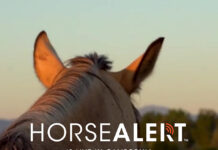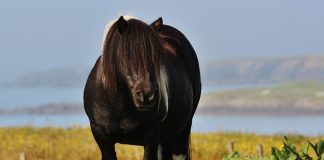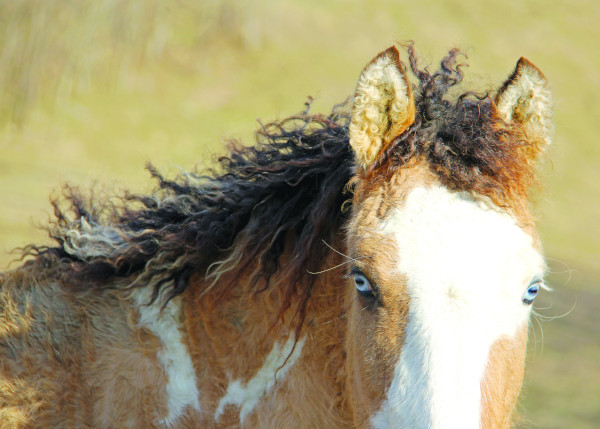
When Nevada rancher Peter Damele and his father first discovered wild horses with curly coats grazing near his land in the Great Basin, they were mystified. Where had these unusual horses come from? More than 100 years later, equine experts still don’t have the answer to that question.
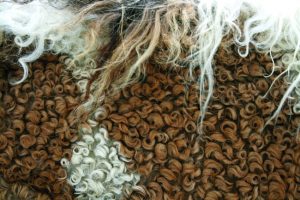
The Dameles began capturing curly-coated horses from the Nevada range at the turn of the 20th century and continued breeding them for their own use well into the 1960s. The horses’ thick coats and amenable dispositions made them especially suitable for ranch work during the tough Nevada winters.
In 1938, when a photo of a curly-coated horse from Bashkir, Russia, was published in Nature magazine, and later reproduced by illustrator John Hix for a print cartoon, the Dameles dubbed their horses “Bashkir Curlies.” Although researchers have not been able to confirm a genetic link between curly horses in America and modern horses in Russia, the Bashkir moniker has remained.
Official Breed
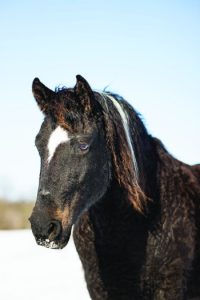
In 1971, curly horse admirers who had joined the Damele family in keeping these unusual equines started the American Bashkir Curly Horse Registry in an effort to preserve the breed. Owners of these horses were asked to list the characteristics they found unique to the Bashkir Curly, and in doing so, discovered some interesting features common to the breed.
They learned that Bashkir Curlies come in pinto and Appaloosa patterns, as well as many common horse colors. They also seem to have conformation similar to the Morgan horse. They are medium in size, have a calm eye and strong hooves, and some are even gaited, moving with a running walk.
The breed’s curly coat is its most distinctive feature, and it comes in different types of curls. These horses also have double manes that split down the middle, with curly ringlets hanging on both sides of the neck.
Their curly winter coat sheds out completely by summer, leaving it wavy or even straight until the curls come back in the fall. And, interestingly enough, Bashkir Curly coats seem to be hypoallergenic.
Other Traits
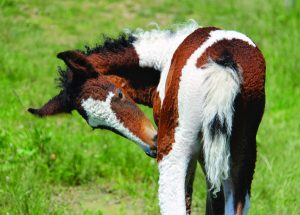
The breed is also known for being exceptionally hardy and for having a calm and gentle disposition. They make willing partners in all disciplines, and have had success in reining, roping, gymkhana, hunter/jumpers, western pleasure, gaited classes, competitive trail and endurance.
Those who live with these horses find that Bashkir Curlies are very smart and can often get by with less schooling because they thrive on a challenge, learning their lessons easily and completely. They like to work, and they like to be challenged.
The Bashkir Curly is so reliable as a competition horse that Curly Sporthorse International (CSI), a registry dedicated to the training, recognition, improvement and promotion of the Curly Sport Horse, was formed in 2003. The goal was to promote the use of Bashkir Curlies in international sporting events. Members can participate in the CSI/United States Dressage Federation All Breeds award program, as well as the CSI Dressage Horse of the Year award program. Riders can also earn awards in CSI’s Rider Performance Medal program.
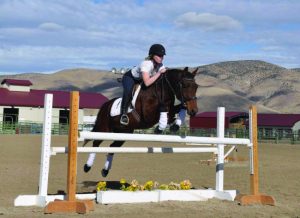
Although some breeders are crossing Bashkir Curlies with warmbloods and Thoroughbreds to create curly-coated sport horses, purebred Bashkir Curlies also make excellent competition mounts in the English sport horse disciplines. Members of the breed are proving themselves in dressage and eventing, along with combined driving.
As the CSI name suggests, Curlies are not only competing in America. Representatives of the breed are currently contending around the world, with Canada possessing the largest number of Curly Horses next to the U.S. England, France and Germany are among the European countries that are also breeding and showing Curlies.
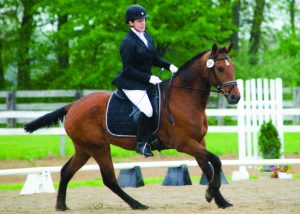
With its unique appearance, excellent temperament and dedicated following, the Bashkir Curly is a horse that will continue to make a name for itself, both in the U.S. and abroad.
This article about the Bashkir Curly horse appeared in the April 2021 issue of Horse Illustrated magazine. Click here to subscribe!
Fast FactsHeight: 15 hands on average Color: All horse colors and patterns Overall Appearance: Medium-sized Associations: 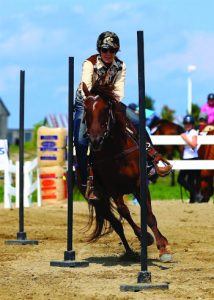 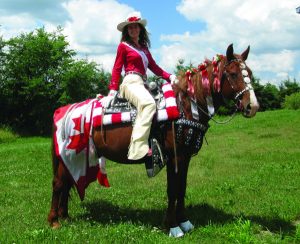
|


